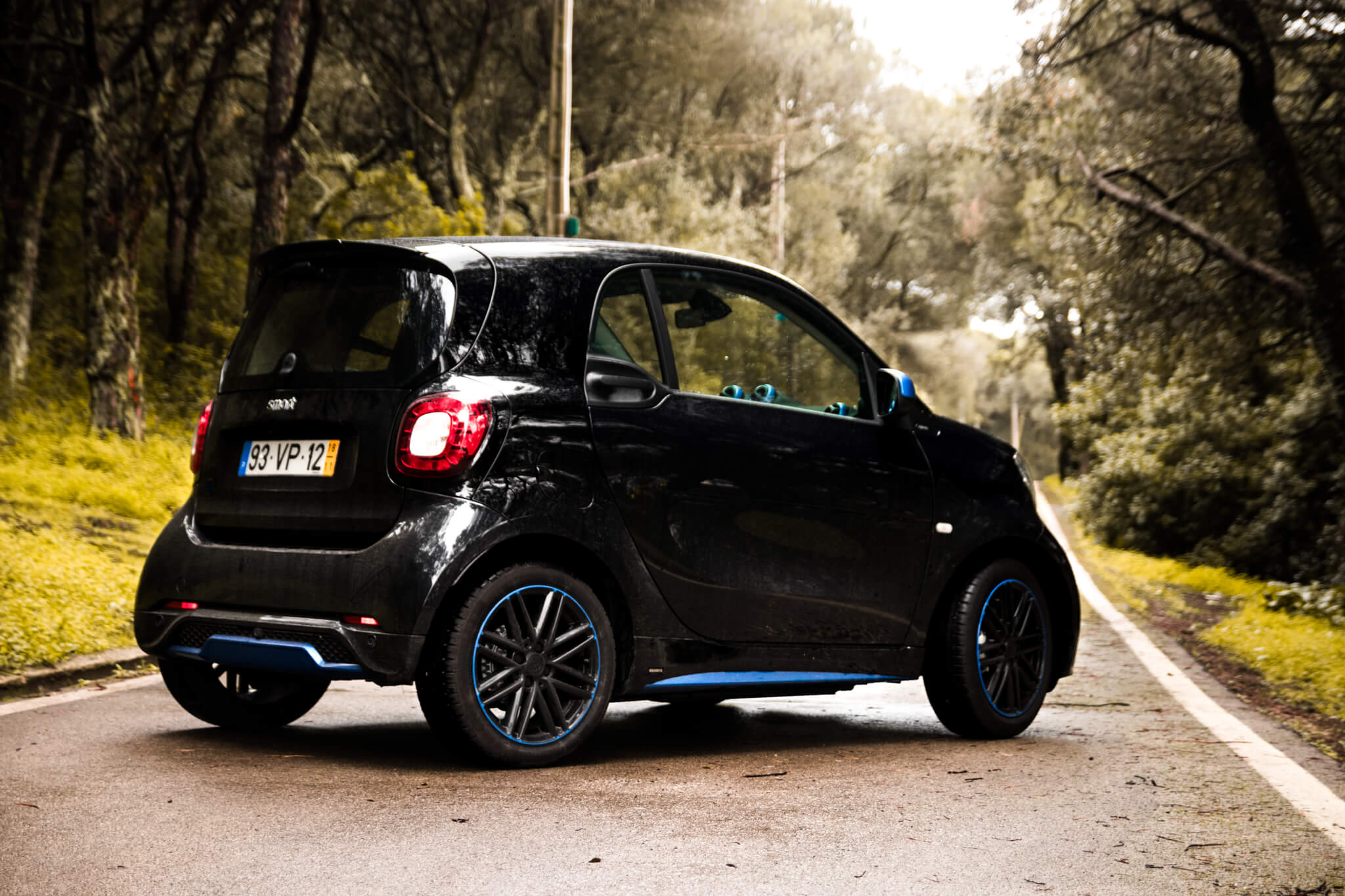Smart Dos
The SmartDose platform offers a wearable, subcutaneous injector with an integrated drug delivery system that incorporates human factors and usability testing to deliver a truly patient-centric approach to self-administration. SmartOS is a fundamental component of the Joyent Triton Data Center (Triton) product. Triton source and images are available for at no cost and powers several public and private clouds around the globe, namely the Joyent Public Cloud (JPC).
| Developer(s) | Microsoft |
|---|---|
| Initial release | November 1988; 32 years ago |
| Operating system | MS-DOS, Windows |
| License |
SmartDrive (or SMARTDRV) is a disk caching program shipped with MS-DOS versions 4.01 through 6.22 and Windows 3.0 through Windows 3.11.[1] It improves data transfer rates by storing frequently accessed data in random-access memory (RAM).[2]
Early versions of SmartDrive were loaded through a CONFIG.SYSdevice driver named SMARTDRV.SYS.[1] Versions 4.0 and later were loaded through an executable file named SMARTDRV.EXE, which could be run at user's discretion or at boot time via AUTOEXEC.BAT.[1] However, SMARTDRV.EXE also includes a double-buffering driver that should be loaded through CONFIG.SYS.[2] Version 4.0 also introduced 32-bit disk access and could reduce its footprint in conventional memory (the first 640 kilobytes of memory which was critical to DOS) by running in upper memory area (the 384 kilobytes of memory located beyond the conventional memory).[2]
A cloaked variant of SmartDrive utilizing the Helix CloakingAPI was available from Helix Software. On Intel 80386 processors, it could run in protected mode to reduce its footprint in conventional memory.
Microsoft suggests SmartDrive to be used when installing Windows 2000 or Windows XP from MS-DOS to reduce installation time.[3]
SmartDrive has been superseded by VCache, which was introduced in Windows for Workgroups 3.11 and carried over to Windows 95, Windows 98/Windows 98 SE and Windows Me. The main advantage of VCache over SmartDrive is its ability to adjust cache size dynamically. However, it tended to take too much RAM in Windows 95; this aspect was improved in Windows 98.
See also[edit]

References[edit]
- ^ abc'SMARTDrive Version History (Revision 2.1)'. Support. Microsoft. 7 July 2005. Retrieved 17 June 2013.
- ^ abc'SMARTDrive and 32-Bit Disk Access (revision 1.1)'. Support. Microsoft. 16 November 2006. Retrieved 17 June 2013.
- ^'How to start the Setup program from MS-DOS in Windows XP (revision 6.0)'. Support (5.5 ed.). Microsoft. 22 May 2013. Archived from the original on 7 January 2013. Retrieved 17 June 2013.
- PDF
- PDF
A Simpler, Safer And Smarter Sustainable Solution
SmartDoseTM is a simple, maintenance free, portable dosing system without the need for any equipment installation. The patented “smart” pump and bottle design delivers an accurate dose of concentrated product simply, safely and swiftly. SmartDoseTM allows for 2 different shot sizes, making it suitable for bottle, bucket, machine and sink filling.
The simple range of concentrated, highly effective products meet almost all daily cleaning and hygiene needs effectively, efficiently and reliably. Perfection in dosing.


Simpler
Smart Dosimeter
- Minimal training needed
- Intuitive icons with 2 dosages
- No water hook-up required
- Maintenance-free and portable
Safer
- Ergonomic handle
- Minimal user exposure to chemicals
- No dangerous refilling
- Sealed head = drip & spill resistant
Smartos Scr3310 Driver Windows 10
Smarter
- Consistent cleaning with cost control
- Calculates correct dosage for bottle, bucket, auto scrubber and sink filling
- No over- & underdose
- Eliminates guesswork
Sustainable
Smart Dose
- Less packaging & transport costs
- Certified product range available
- Recyclable